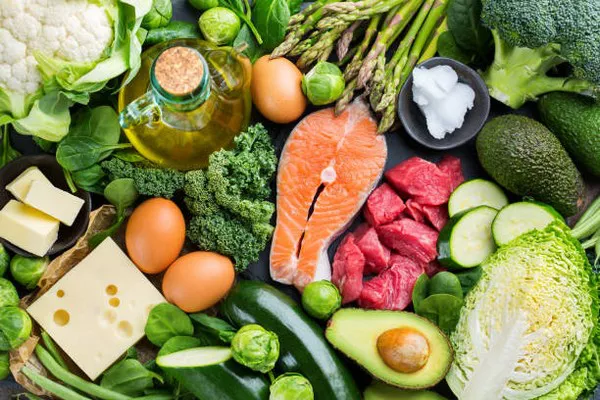When trying to lose fat while preserving muscle, it’s crucial to balance the right foods, exercise, and calories. Silvia, 45, shared her daily eating habits with Business Insider’s Nutrition Clinic, where a registered dietitian offered tailored advice to help her reach her goals. She exercises regularly, doing high-intensity interval training (HIIT) twice a week and walking several times a week. Her goal is to lose fat and maintain muscle mass, and dietitian Kara Mockler provided insight on how to fine-tune her approach for better results.
Prioritize Resistance Training Alongside Cardio
Although Silvia’s routine includes cardio through walking and HIIT, Mockler suggests incorporating resistance training to help maintain muscle. “HIIT and walking are excellent for cardiovascular health, but lifting weights—just twice a week—can help preserve and build muscle,” Mockler said. Muscle retention is a key factor in fat loss, as maintaining muscle mass keeps your metabolism elevated.
Tip 1: Track Calories Accurately
Silvia’s snacks typically include string cheese, sunflower seeds, peanut butter on keto toast, and chocolate, and she consumes around 1,800 calories on non-workout days and up to 2,100 calories on workout days. Mockler notes that while it’s fine to eat more on workout days, Silvia may want to adjust her intake if she’s not seeing progress. “Tracking calories more carefully might reveal where she’s underestimating her intake,” Mockler suggested. Consistently tracking calories will help Silvia understand how much she’s actually consuming and adjust accordingly to achieve a calorie deficit.
Tip 2: Don’t Fear Carbs
Silvia mentioned that she enjoys carbs like white rice and pasta but tries to limit them, especially during the week. Mockler reassures that carbs are not the enemy when it comes to weight loss. “Carbs are an essential part of a balanced diet and do not hinder fat loss,” Mockler said. In fact, Silvia might find that including more carbs regularly can help her avoid feeling overly restrictive and reduce cravings.
Tip 3: Measure Calorie-Dense Foods
Silvia’s meals often include large salads with protein, avocado, cheese, and dressing, which are generally healthy but can be calorie-dense. Mockler advises measuring these higher-calorie foods to ensure portions are controlled. “Salad dressings, sunflower seeds, peanut butter, and cream can quickly add up in calories,” she explained. Accurate measurements and tracking of these ingredients are key to maintaining a calorie deficit while still enjoying nutritious meals.
Tip 4: Prioritize Protein
Silvia’s meals include plenty of protein, such as chicken, hummus, and tzatziki. Mockler praises this focus on protein, as it supports both muscle maintenance and fat loss. “Protein keeps you full and aids muscle repair and growth,” she said. For individuals like Silvia, who are active and aiming to maintain muscle, consuming 1.6 to 2.2 grams of protein per kilogram of body weight is an effective guideline to follow.
By making small adjustments to her eating habits, like tracking calories more accurately and integrating resistance training, Silvia can better achieve her goal of losing fat while keeping muscle intact.
Related Topics:
What Meat Is Good for Gallbladder


